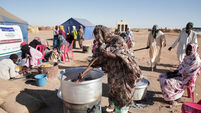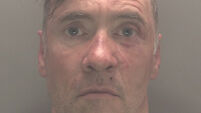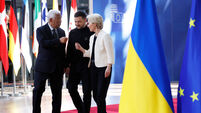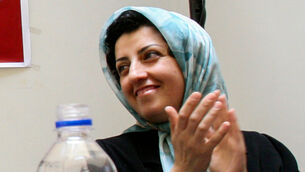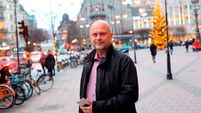US ambassador attends Hiroshima peace memorial
Washington’s decision to send US Ambassador John Roos to the 65th anniversary was seen by many as potentially paving the way for President Barack Obama to visit Hiroshima — which would be unprecedented for a sitting US leader.
Along with the US, Britain and France were also to make their first official appearance at the memorial today, along with UN Secretary-General Ban Ki-moon. Altogether, 75 nations were to be represented.







